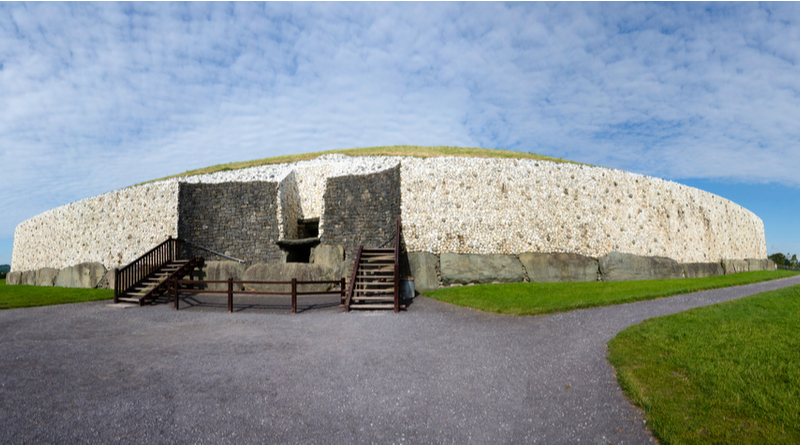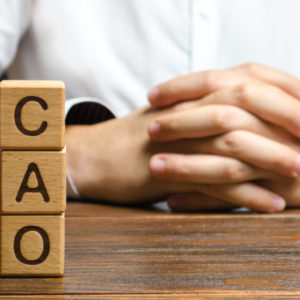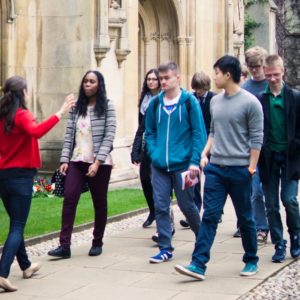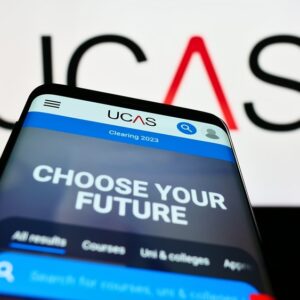What is Public History and Cultural Heritage?
Public history is the historical evidence and artefacts that are applicable to the real world and not confined to textbooks or classroom lessons. Unlike academic history, public history engages an audience with little or no understanding of major events, themes, or consequences.
Cultural Heritage is an expression of the ways of living developed by a community and passed on from generation to generation, including customs, practices, places, objects, artistic expressions, and values.
Ranging from government buildings to history museums to artefacts like cannons propped up in parks, these artefacts are excellent examples of public history and cultural heritage, helping to educate everyday people about their shared past.
What 3rd level courses are available?
Universities and colleges in Ireland are offering courses in Public History and Cultural Heritage in the following subject areas:
- Public History and Cultural Heritage (M.Phil.) – The analysis of cultural memory, its construction, reception and loss; and study of the public status and consumption of history in modern society.
- Cultural and Heritage Studies – Acquire the knowledge, skill and competence in a range of core disciplines in Irish culture and heritage studies.
- Higher Certificate in Arts in Heritage Studies – A broad-based knowledge and understanding of the built, cultural, natural, and digital heritages of Ireland and Europe.
- Cultural Heritage Tourism – Gain a broad appreciation of the cultural heritage of Ireland and the many ways it can be presented as a tourism product.
- People, Place & Heritage – A study of people, places and their heritage.
Studying Public History and Cultural Heritage
There are many courses in Public History and Cultural Heritage that may take place over a few days, weeks or even 1 year to 4 years depending on the course and modules selected. There are also part-time courses and night courses available so you can be sure to fit in your studies no matter what your schedule is like.
Courses will cover theory work through lectures, assignments, tutorials and taught modules. Assessments will take place on a continuous basis with written examinations and practical assignments combined in order to achieve a qualification.
You could also consider work experience or a work shadow in the industry. When searching for voluntary opportunities, contact local museums and galleries, as well as the larger and national ones. Smaller museums and galleries may not be as overwhelmed with requests and could offer you a broader range of experience.
Relevant work experience is a good way of demonstrating a genuine interest in the field and is regarded favourably by employers.
Work Experience will not only give you the opportunity to obtain a deeper knowledge and understanding of the industry, it will also give you a chance to do some essential networking with other industry professionals and gain valuable contacts for the future.
Career options
After completing a Public History and Cultural Heritage course you will be able to get started in a career that uses specific knowledge of studying and managing historical and culturally significant places, artefacts or works of art.
You will likely need to take responsibility for managing and developing your own career within the field of Public History and Cultural Heritage, which, given appropriate experience and contacts, may include freelance and consultancy work. You may also move between sectors, particularly at the senior managerial or specialist-technical level.
There are also roles available in facilities for budgeting, financial management and income generation through fundraising. Museums, galleries and heritage sites employ staff to work in other departments, including roles in catering, digital media/technology, finance and fundraising, HR and recruitment, marketing and PR, and retail.
As a museum or gallery curator, you will typically be managing collections of artefacts or works of art. This includes dealing with the acquisition, care, display and interpretation of items with the aim of informing and educating the public.
A career in Public History and Cultural Heritage can lead to varied jobs and often include other activities, such as managing public relations, marketing, fundraising and running education programmes.
It’s becoming common for museums, galleries, and heritage and tourism attractions to develop collaborative relationships and share collections, which in turn has created more job opportunities within the field.
Working hours will depend on whether you are self-employed, employed by a company with set business hours or if you are contracted to various businesses or companies. Working hours are mainly Monday to Friday, but extra hours are often necessary in the run-up to an exhibition, providing cover for evening meetings or other work-related social events for which time off in lieu is usually claimed.
Related jobs include:
- Admissions/bookings officer
- Archaeologist
- Archivist
- Conservator
- Curator
- Exhibition designer
- Exhibitions officer
- Heritage manager
- Historian
- Historic buildings inspector
- Museum education officer
- Museum director
Further study
After completing a course in Public History and Cultural Heritage you may choose to pursue further study in a specialist field to increase your knowledge base and skill set. Postgraduate study can also be used as a means to change career focus or to gain professional qualifications required to practice in certain career areas such as Art History, Archaeology and Anthropology.
FAQ
What is the importance of Public History and Cultural Heritage?
Cultural heritage can provide an automatic sense of unity and belonging within a group and allows us to better understand previous generations and the history of where we come from. Understanding our cultural heritage can give a sense of personal identity.
What skills could be helpful for a career in Public History and Cultural Heritage?
When considering a career in the Public History and Cultural Heritage fields it could be beneficial to have some experience or knowledge in the following skills:
- An interest in and knowledge of a relevant subject area
- Accuracy and attention to detail
- Communication skills, both written and oral
- Motivation and creative flair
- Influencing and negotiation skills
- Organisation, planning and administrative skills
- Project management skills
- Political awareness
- Research skills
- Teamwork skills and the ability to build and develop relationships
- A flexible approach to work
Where can I study Public History and Cultural Heritage?
Explore your options here
Did You Know?
- The word museum comes from the Greek “mouseion,” the temples dedicated to the Muses and the arts they inspired.
- The Museum of Alexandria, erected by Ptolemy I Soter around 300 BC, was the most famous museum of the ancient world. It was distinct from the great Library of Alexandria, but just as vital to the protection and spread of knowledge in the ancient world.
- The first public museum in England was the Ashmolean Museum, named after the antiquary Elias Ashmole. The remains of a dodo, which later inspired Lewis Carroll in Alice’s Adventures in Wonderland, was one of the oddities included in this collection.
- The Momofuku Ando Instant Ramen Museum a.ka. the Cup Noodles Museum is a museum in Osaka, Japan. It’s a museum dedicated to Momofuku Ando, the creator of the world’s first instant noodles. It houses an extensive collection of instant noodles from around the world.
- The Hague Convention for the Protection of Cultural Property in the Event of Armed Conflict was signed in May 1954, the first of multiple international conventions and agreements to protect art and monuments during times of war.












Comments